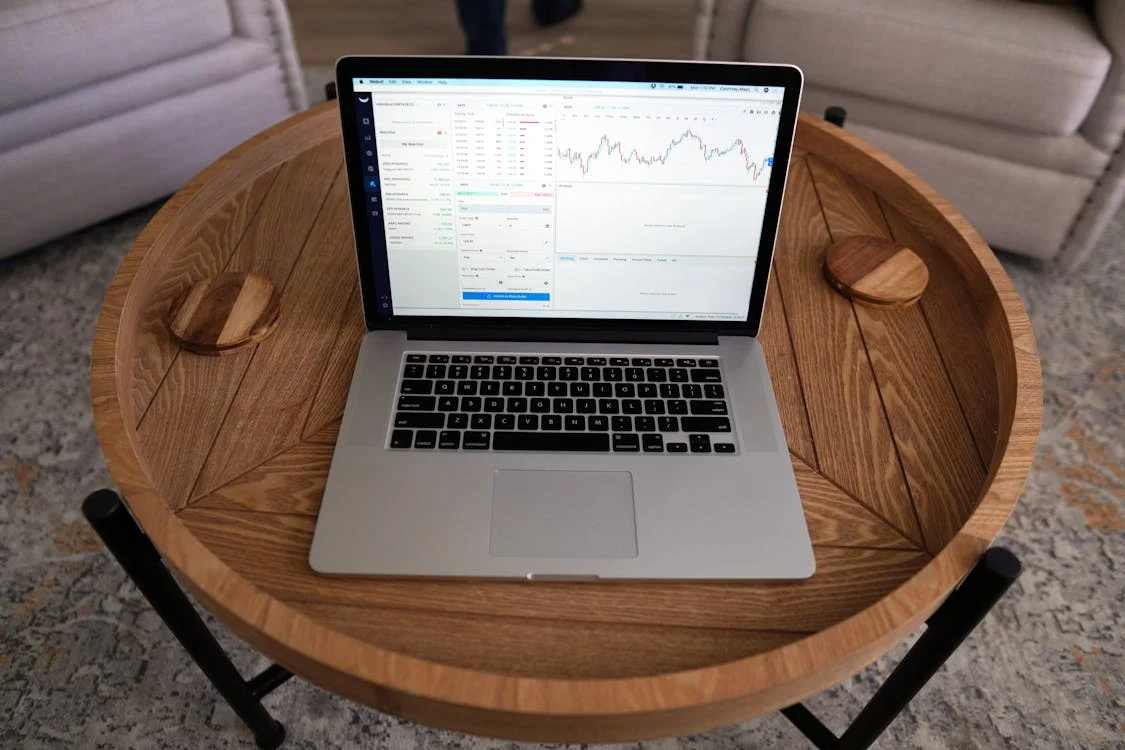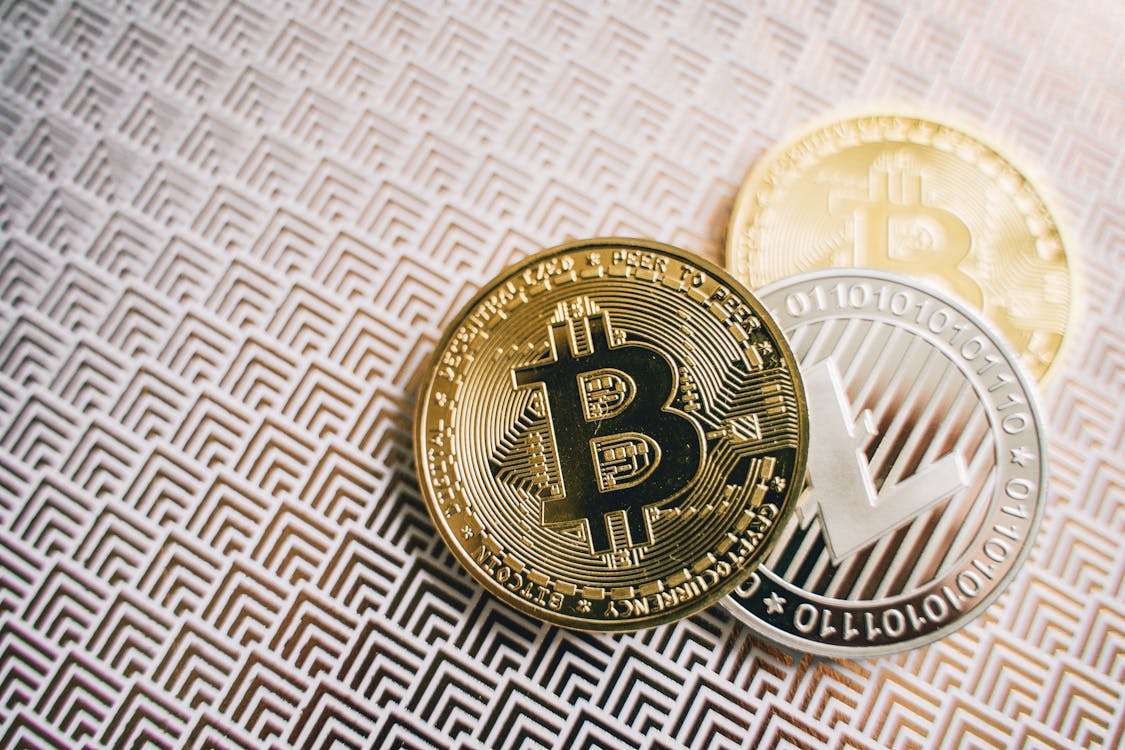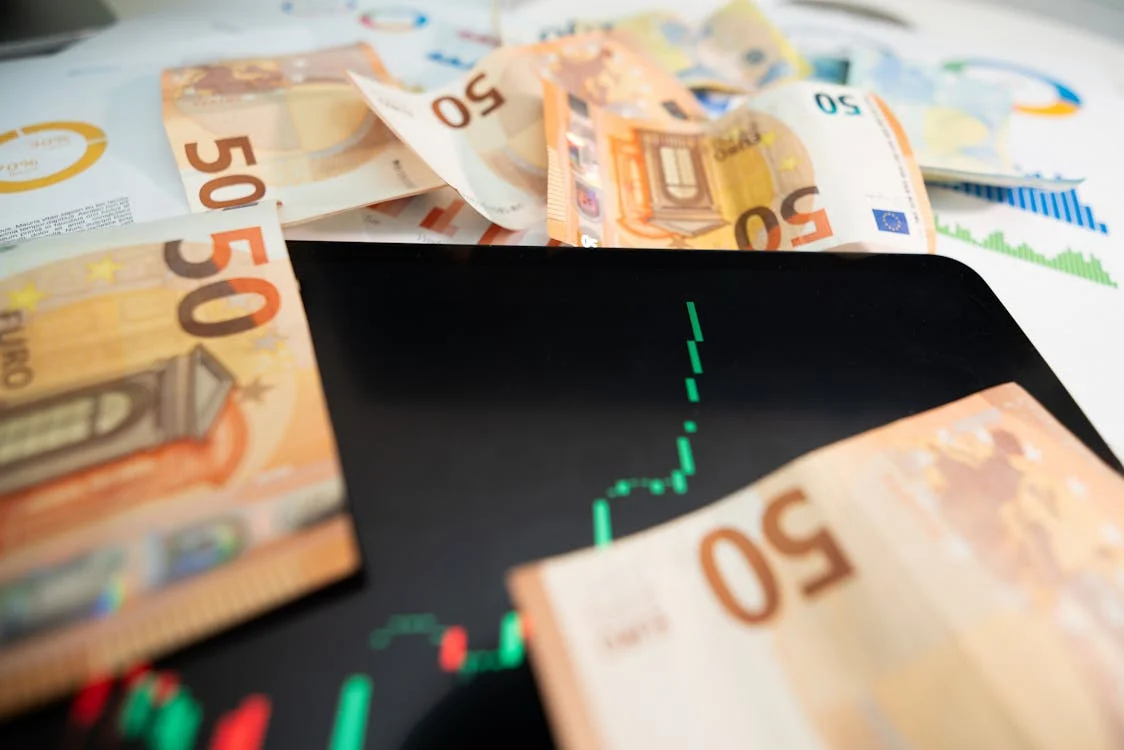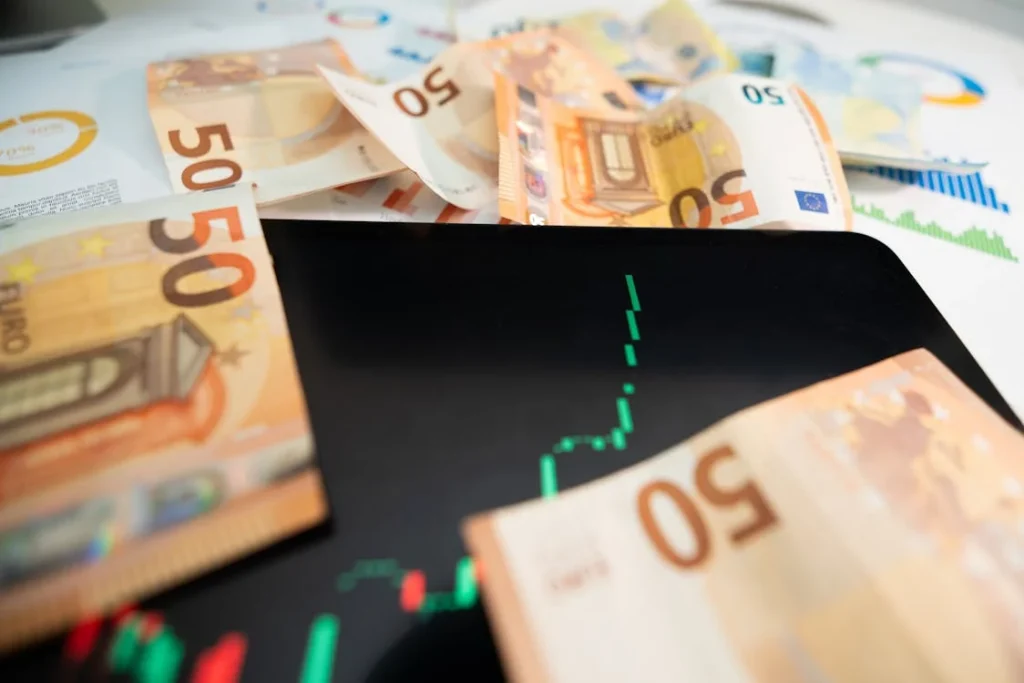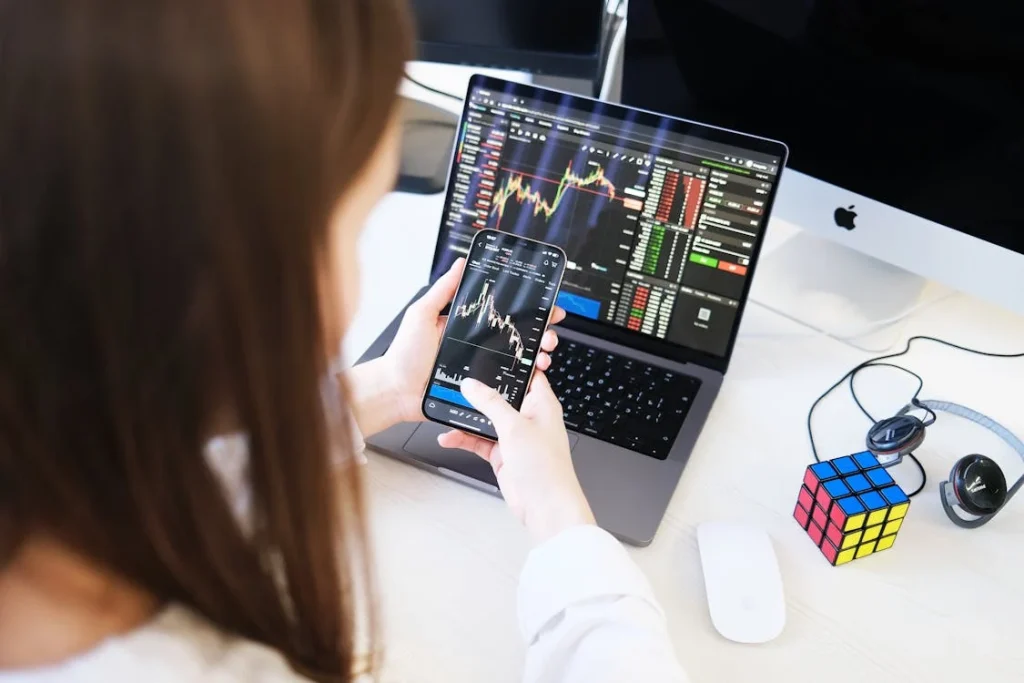How Stock Markets Work — And How You Can Start Trading
If you’ve ever wondered how people make money from buying and selling shares, you’re not alone. Stock trading has become one of the most popular ways to grow wealth — and thanks to online platforms, getting started has never been easier. In this guide, we’ll break down the basics of the stock market in simple terms, so you can begin your trading journey with confidence.
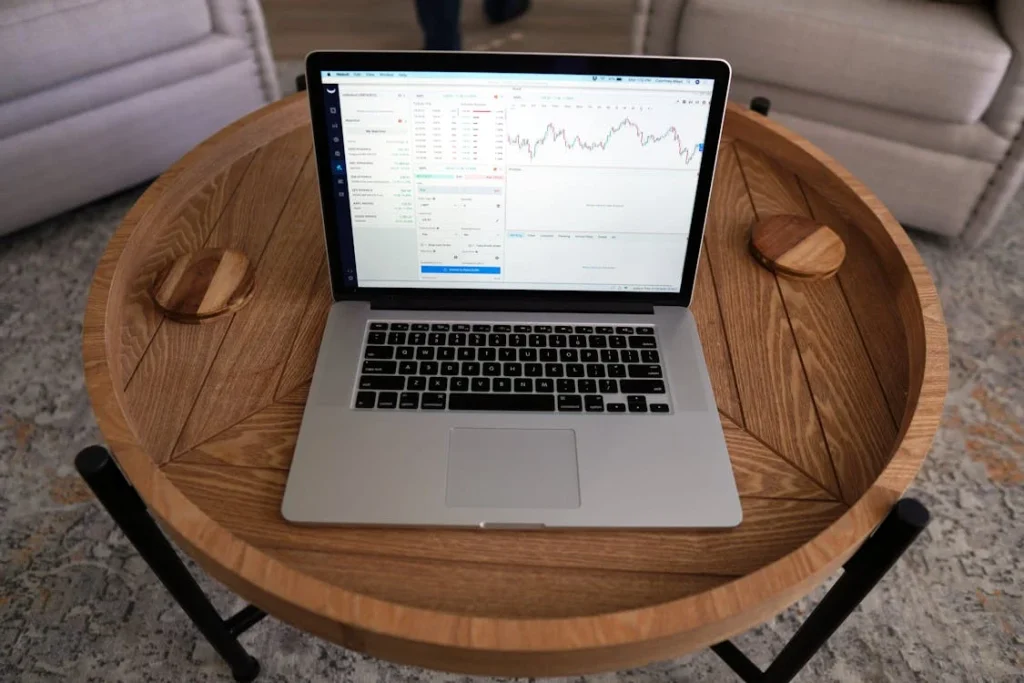
What Is the Stock Market?
The stock market is a place where investors buy and sell shares — which represent ownership in companies. When you buy a share of Apple, for example, you’re literally buying a small piece of the company.
Companies list their shares on stock exchanges like the New York Stock Exchange (NYSE) or Nasdaq to raise money. Investors (like you) can then trade those shares with each other through brokers.
Why People Trade Stocks
There are two main reasons people trade stocks:
- Capital Gains: Buying low and selling high to earn a profit.
- Dividends: Some companies pay part of their profits to shareholders regularly.
How to Start Trading Stocks
- Choose a reliable broker: Look for low fees, a simple platform, and strong customer support.
- Open a trading account: This is where you’ll deposit funds and place trades.
- Learn the basics: Understand how orders, charts, and trends work.
- Start small: Use a demo account or small amounts to practice.
Types of Stock Traders
- Day Traders: Buy and sell within the same day.
- Swing Traders: Hold positions for several days or weeks.
- Long-Term Investors: Buy and hold for months or years.
Stock Trading Risks
Like any investment, stock trading involves risk. Prices go up and down — sometimes sharply. That’s why you should never invest money you can’t afford to lose. Use stop-loss orders, diversify your portfolio, and always trade based on logic — not emotion.
Final Thoughts
Stock trading is not about luck — it’s about knowledge, discipline, and strategy. With the right foundation, anyone can learn to participate in the stock market wisely. In the next articles, we’ll dive deeper into trading strategies, stock analysis, and how to build a winning mindset.
